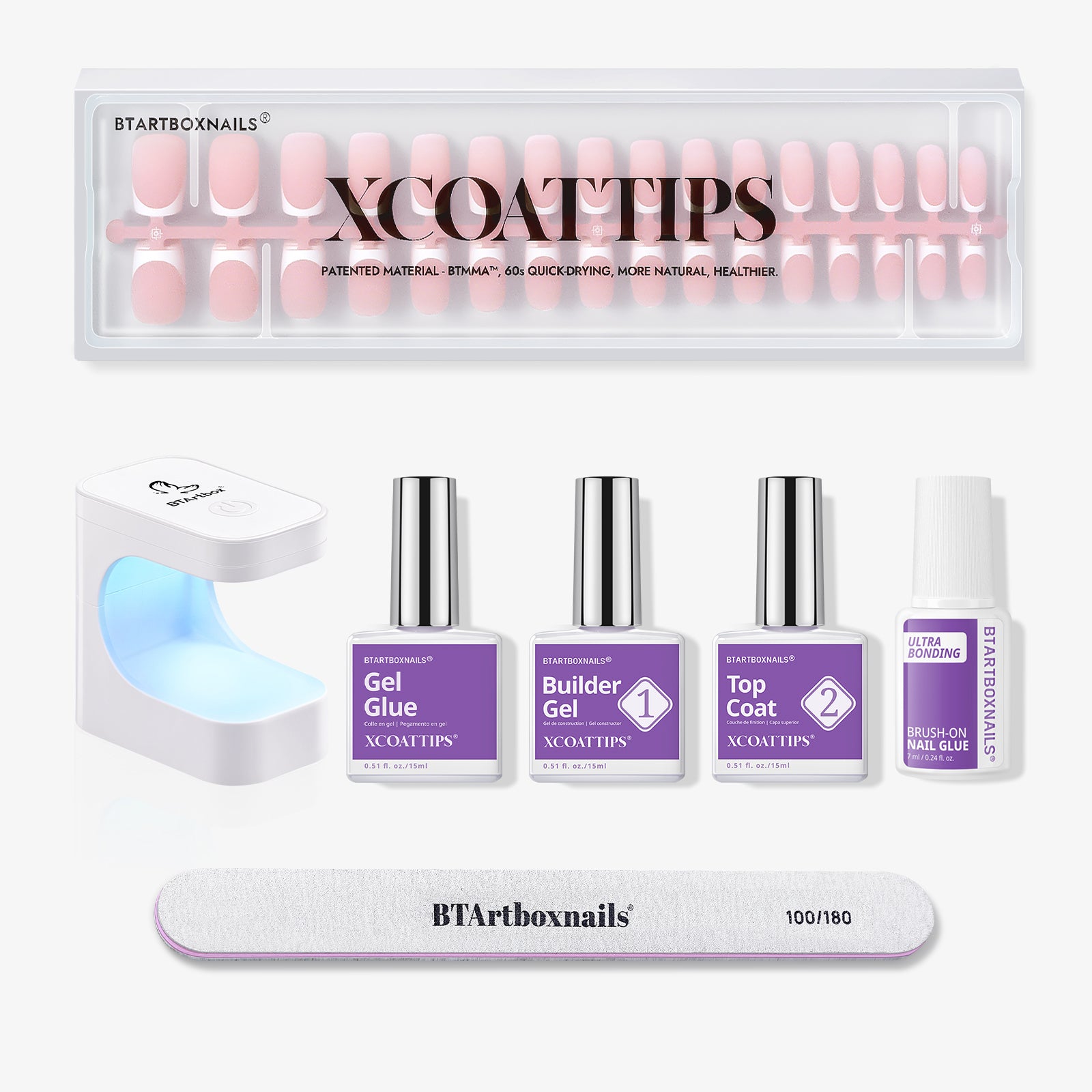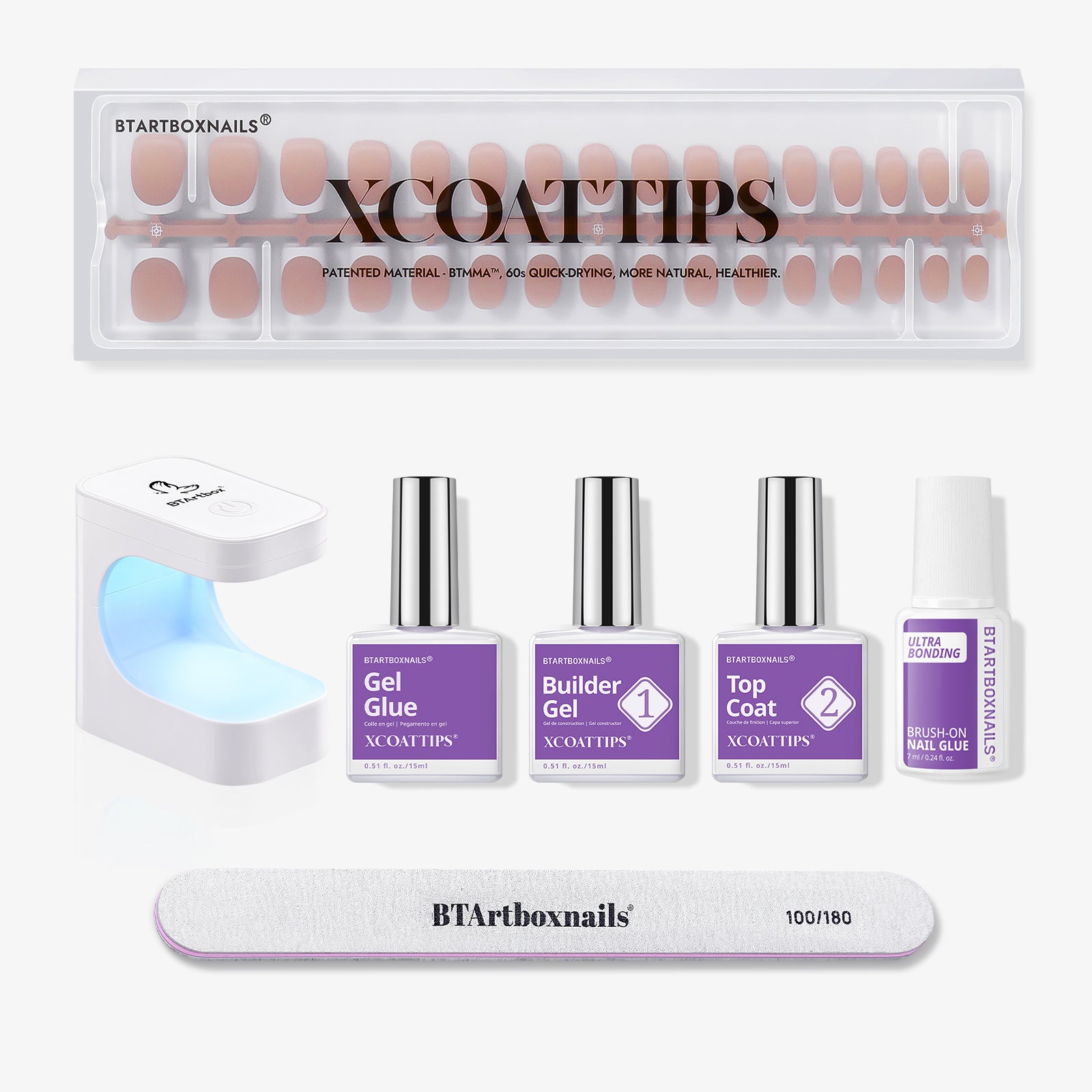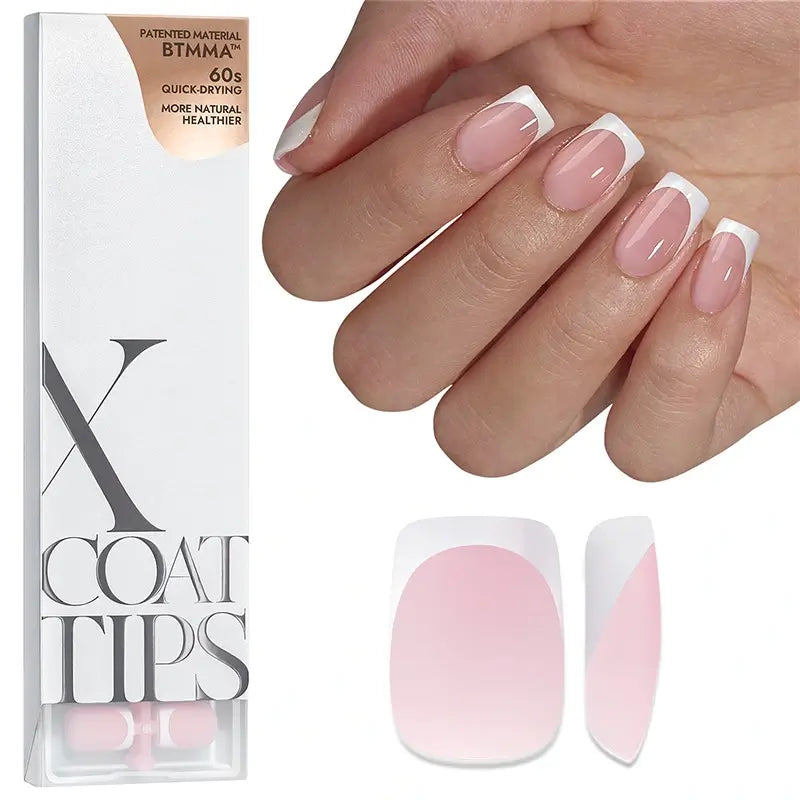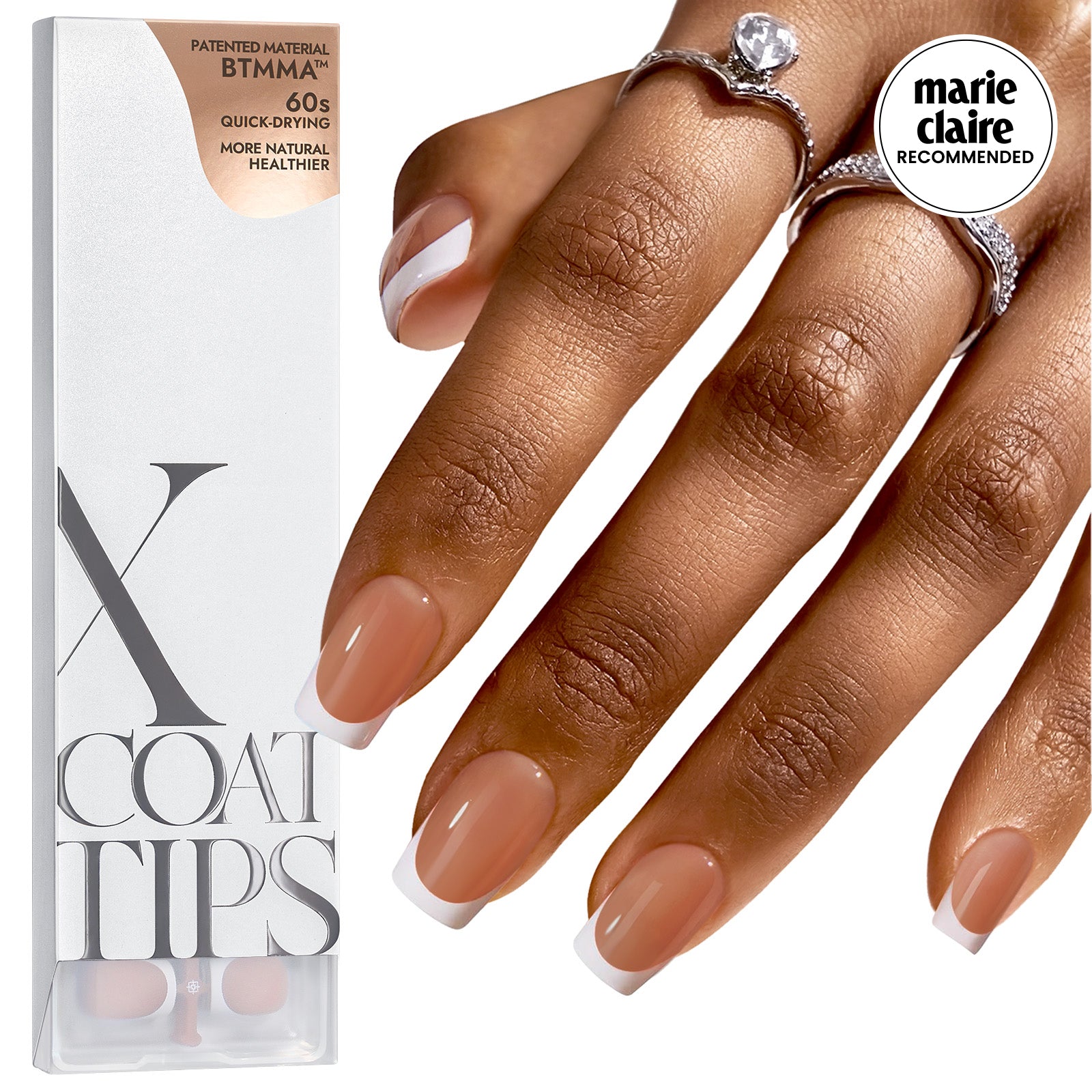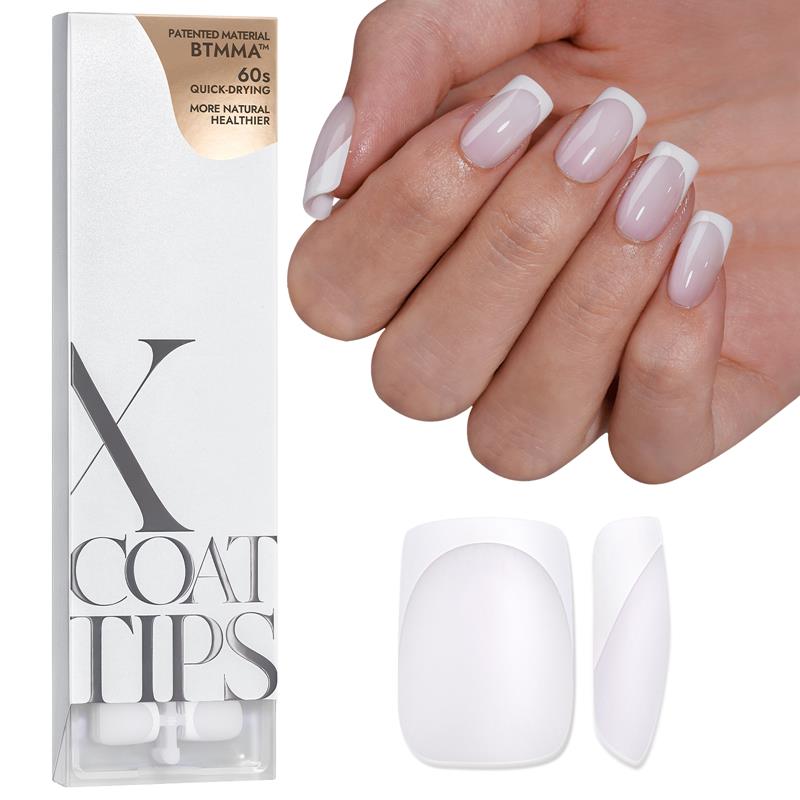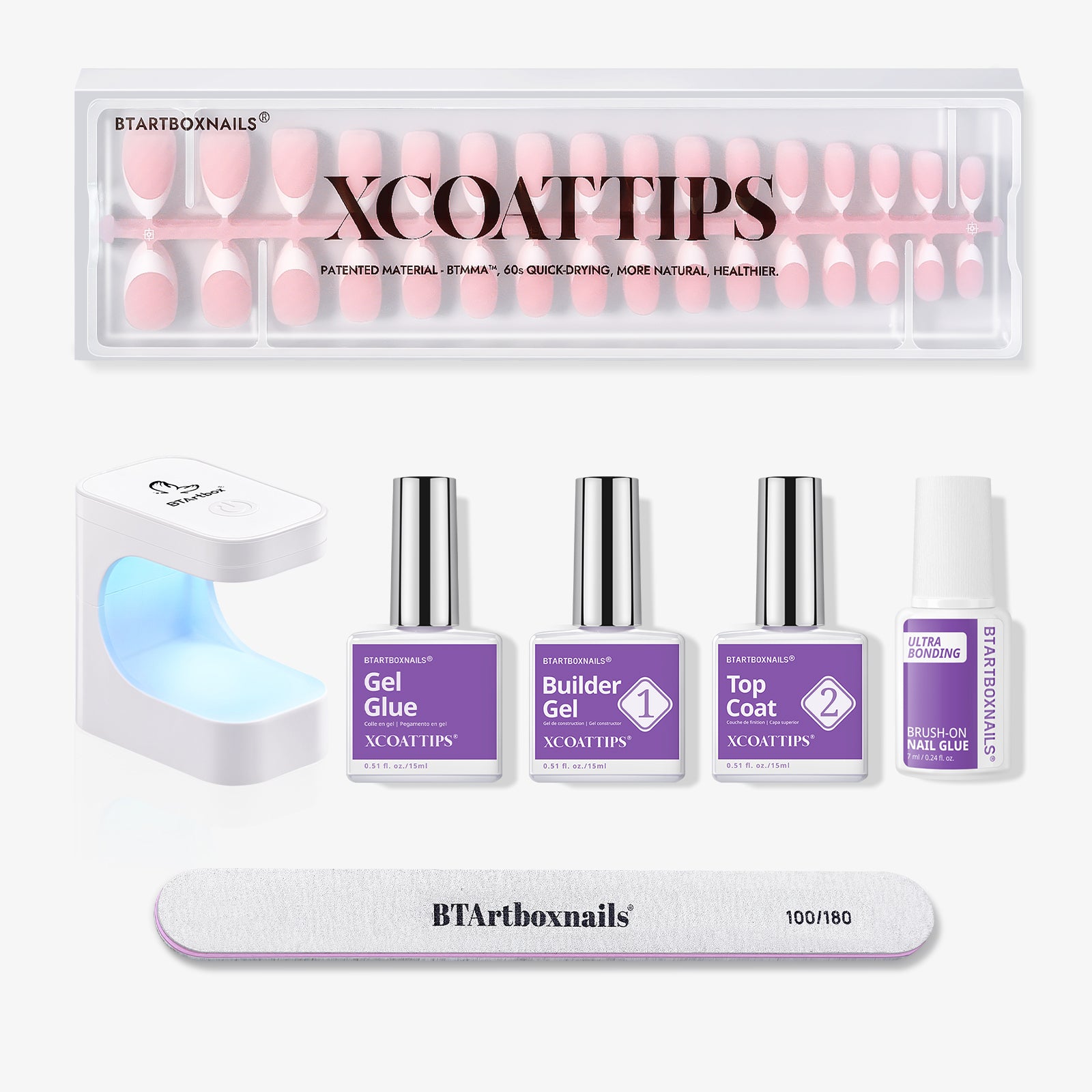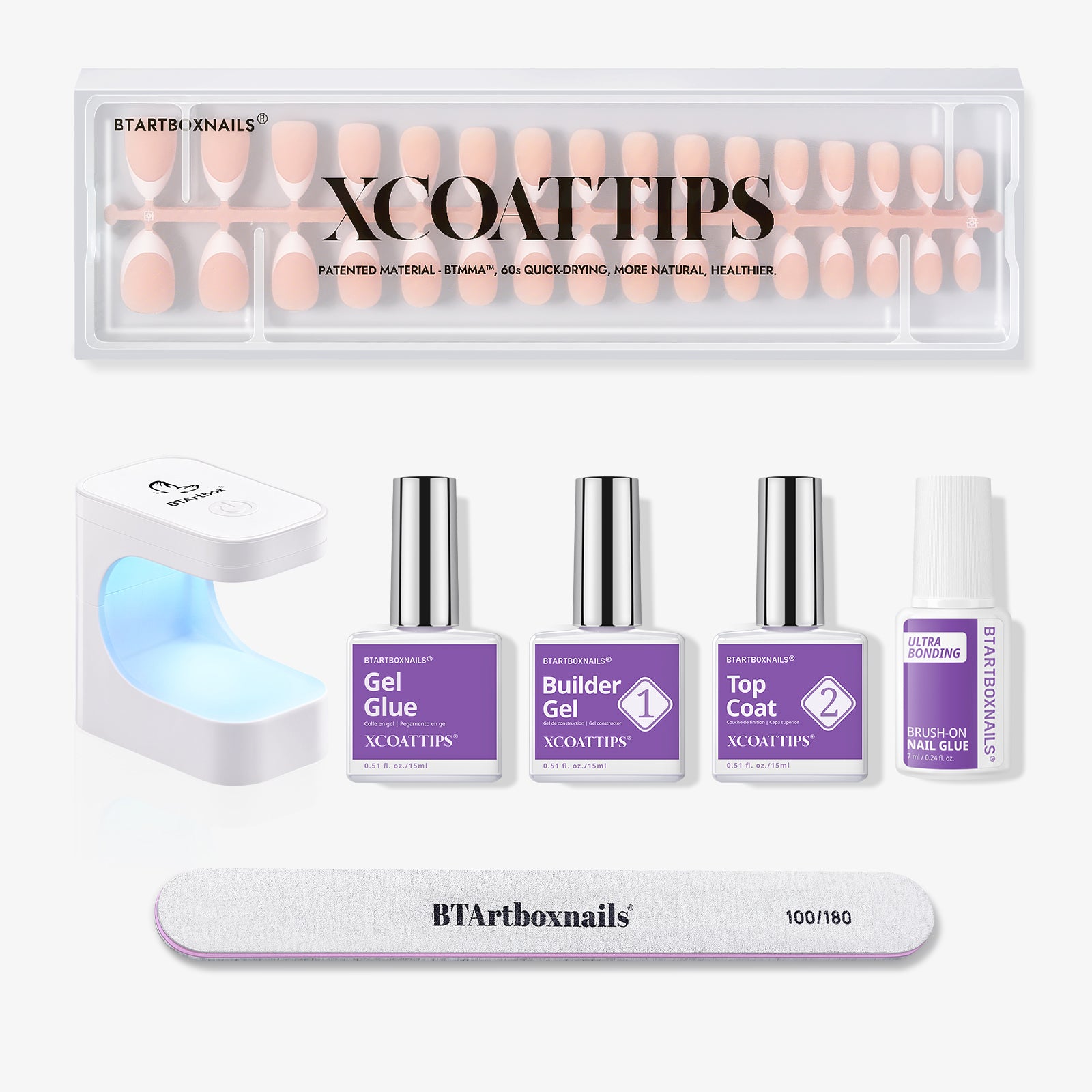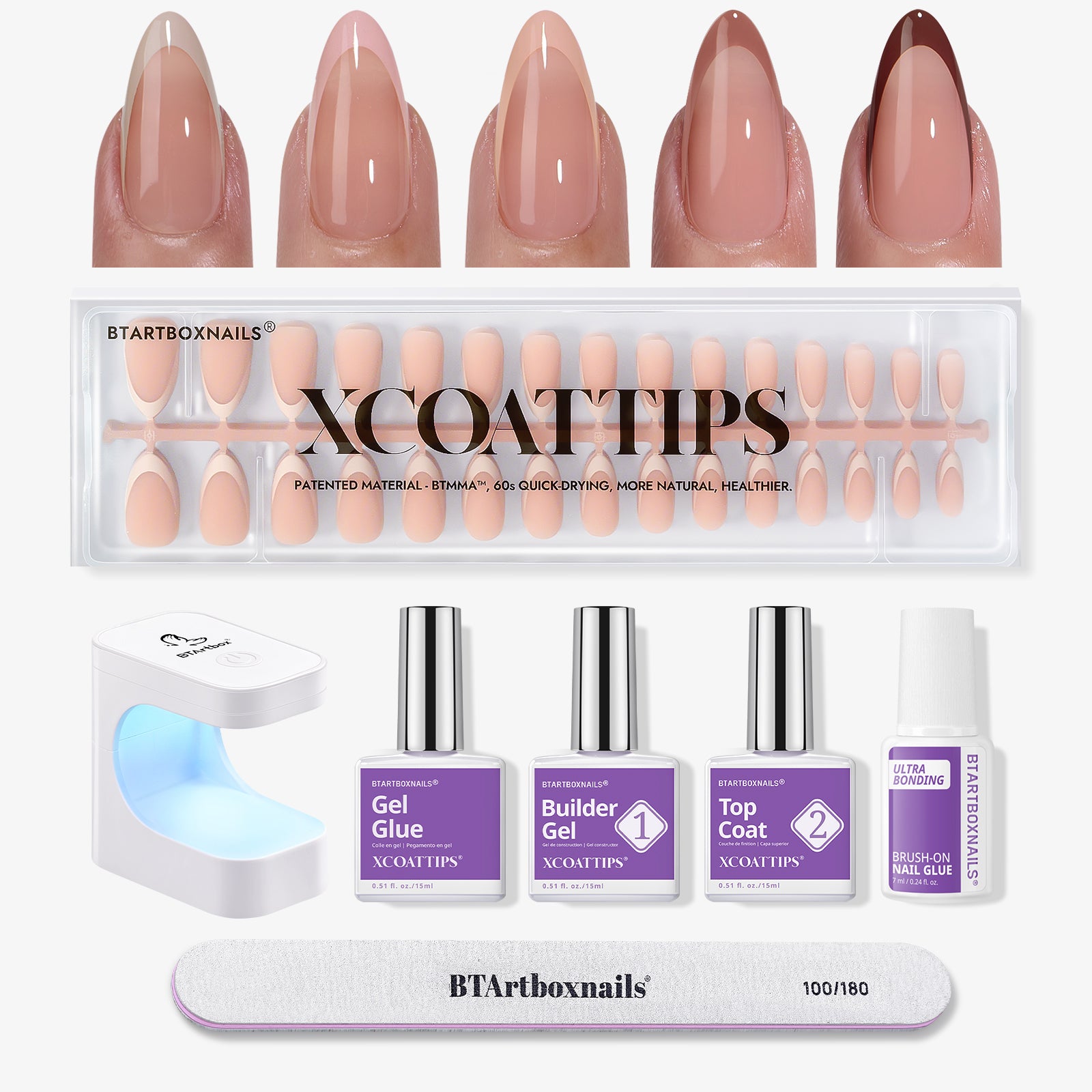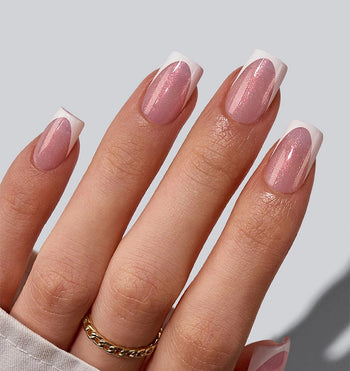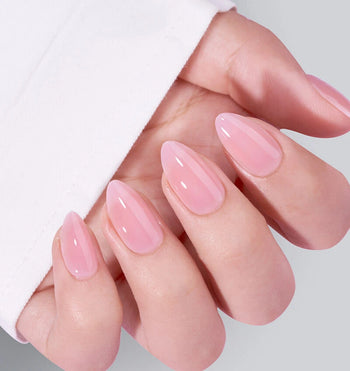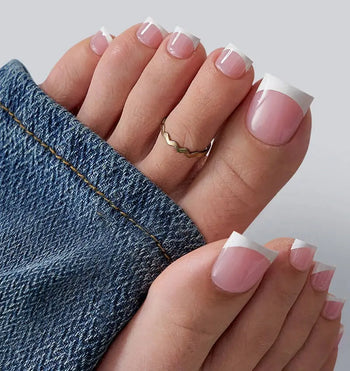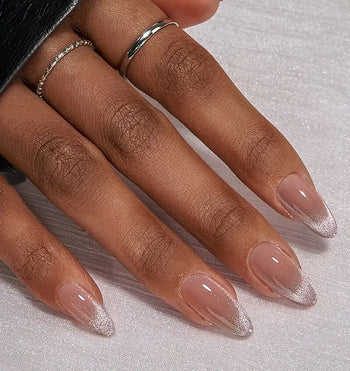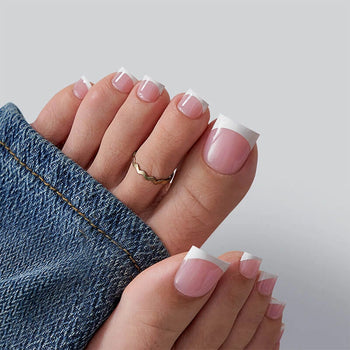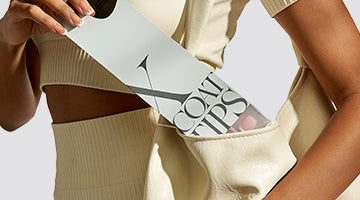Zu wissen, wie man Nagelkleber richtig entfernt, ist entscheidend, egal ob Sie DIY-Nagelkunst mögen oder die Einfachheit von Press-on-Nägeln für Events lieben. Klebereste können lästig sein und Ihre Nägel beschädigen, wenn sie nicht richtig entfernt werden.
Für gesunde Nägel ist die richtige Entfernung entscheidend. Beginnen Sie mit einem warmen Seifenwasserbad, um den Kleber sanft zu lösen. Wenn das nicht hilft, benötigen Sie möglicherweise etwas Stärkeres wie Nagellackentferner auf Acetonbasis.
Der Trick besteht darin, den Nagelkleber zu entfernen, ohne die Nägel zu beschädigen. Die richtige Vorgehensweise bereitet Ihre Nägel auf die nächste schöne Maniküre vor und hält sie stark. Und vergessen Sie nicht, Ihre Nägel anschließend mit Feuchtigkeit zu versorgen – Sie möchten sicherstellen, dass sie mit Feuchtigkeit versorgt bleiben.
Möchten Sie mehr über die sichere Entfernung von Nagelkleber erfahren? Lesen Sie weiter und erhalten Sie hilfreiche Tipps und Tricks.
Nagelkleber verstehen
Nagelkleber , ein wesentlicher Bestandteil zur Befestigung künstlicher Nägel, ist ein starker Klebstoff, der normalerweise aus Cyanacrylat besteht, einem schnell bindenden Mittel, das die Haltbarkeit und Langlebigkeit Ihrer Nagelverlängerungen gewährleistet.
Bei der Auswahl eines Nagelklebers ist es wichtig, sich für einen hochwertigen Nagelkleber zu entscheiden, da dieser die Haltbarkeit und Gesundheit Ihrer Naturnägel direkt beeinflusst.
Zusammensetzung und Qualität
- Cyanacrylat : Der Hauptbestandteil bietet starke Haftung.
- Qualität : Hochwertige Kleber reduzieren mögliche Schäden an Naturnägeln und sorgen für eine länger anhaltende Verbindung.
Achten Sie beim Auftragen des Nagelklebers auf ein Gleichgewicht: ausreichend, um eine stabile Verbindung herzustellen, aber mäßig, um ein Überlaufen zu vermeiden, das sowohl das Aussehen als auch die Integrität des Klebstoffs beeinträchtigen kann.
Bewerbungstipps
- Dünne Schicht : Tragen Sie eine dünne und gleichmäßige Schicht auf.
- Präzision : Platzieren Sie den Kleber gezielt, um Hautkontakt zu vermeiden.
Beachten Sie, dass eine gute Nagelvorbereitung – saubere, trockene undpolierte Nägel – die Haftung verbessert. Umgekehrt kann der Kontakt mit Nagellack oder anderen Rückständen die Verbindung schwächen.
Gesundheit und Sicherheit
Nagelkleber sind zwar im Allgemeinen unbedenklich für die Anwendung auf Naturnägeln, aber Vorsicht ist geboten, wenn Allergien und Hautreizungen auftreten. Arbeiten Sie immer in einem gut belüfteten Bereich, um das Einatmen von Dämpfen zu vermeiden. Verwenden Sie zum Schutz Ihrer Haut Schutzbarrieren wie Vaseline um den Nagel.
Richtige Anwendung für eine nahtlose Entfernung
Um eine reibungslose Entfernung des Nagelklebers zu gewährleisten, ist eine sorgfältige Anwendung und Vorbereitung Ihrer Naturnägel unerlässlich. Befolgen Sie diese Richtlinien, um Schäden zu vermeiden und ein gesundes Nagelbett zu erhalten.
Nagelkleber effektiv auftragen
-
Vorbereitung :
Beginnen Sie mit sauberen, trockenen Nägeln. Öl- oder Nagellackrückstände können die Verbindung zwischen dem Nagelkleber und Ihren natürlichen Nägeln schwächen.
-
Anwendung :
Tragen Sie eine dünne Schicht Nagelkleber auf, um übermäßige Ablagerungen zu vermeiden. Eine dichte Schicht lässt sich nur schwer entfernen und kann das Nagelbett beschädigen. -
Präzision :
Platzieren Sie den Press-On-Nagel vorsichtig über dem Kleber und richten Sie ihn an der Form Ihres Naturnagels aus. Üben Sie gleichmäßigen Druck aus, um sicherzustellen, dass sich unter dem Nagel keine Luftblasen bilden.
Vorbereitung Ihrer Naturnägel
- Nagelbettschutz : Polieren Sie die Oberfläche Ihrer Nägel vor dem Auftragen des Klebers vorsichtig mit einer Nagelfeile , um eine leicht raue Textur für besseren Halt des Klebers zu erzeugen.
- Nagelhautpflege : Schieben Sie Ihre Nagelhaut mit einem Nagelhautstäbchen zurück, um ein Verkleben mit der Haut zu vermeiden. Tragen Sie optional etwas Nagelhautöl zur Feuchtigkeitsversorgung auf.
Methoden zum Entfernen von Nagelkleber
Beim Entfernen von Nagelkleber von Ihren Nägeln ist es wichtig, eine Methode zu wählen, die den Kleber effektiv auflöst, ohne Ihre Haut oder Nägel zu schädigen.
Unabhängig davon, ob Sie lieber Aceton verwenden oder eine sanftere, natürliche Alternative suchen, können Ihnen die folgenden Ansätze dabei helfen, auf sichere Weise saubere Nägel zu bekommen.
Hier ist das Video zum Entfernen von Nagelspitzen und Nagelkleber als Referenz:

Verwendung von Aceton zur Klebstoffentfernung
Um Aceton zum Entfernen von Nagelkleber zu verwenden, befolgen Sie diese Schritte sorgfältig:
- Bereiten Sie Ihre Werkzeuge vor: Sie benötigen reines Aceton, Wattebäusche oder -pads und Aluminiumfolie.
- Schützen Sie Ihre Haut: Wenn Sie empfindliche Haut haben, tragen Sie eine kleine Menge Vaseline um Ihre Nägel auf, um Trockenheit vorzubeugen.
- Anwendung: Tränken Sie einen Wattebausch mit reinem Aceton und legen Sie ihn direkt auf den geklebten Nagel.
- Wattebausch befestigen: Wickeln Sie ein kleines Stück Aluminiumfolie um den Nagel, um den Wattebausch an Ort und Stelle zu halten.
- Warten Sie geduldig: Lassen Sie Ihre Nägel etwa 10–15 Minuten ruhen. Das Aceton löst den Nagelkleber auf.
- Entfernen und sanft reinigen: Wischen Sie nach dem Auspacken Ihrer Nägel mit dem Wattebausch alle Klebereste ab. Spülen Sie Ihre Hände mit warmem Seifenwasser ab, um Acetonrückstände zu entfernen und die Feuchtigkeit Ihrer Haut wiederherzustellen.
Natürliche Heilmittel und Alternativen
Wenn Sie empfindliche Haut haben oder natürliche Methoden bevorzugen, sollten Sie Folgendes beachten:
-
Einweichen in warmem Seifenwasser:
- Füllen Sie eine Schüssel mit warmem Wasser und einem Spritzer milder Handseife.
- Weichen Sie Ihre Nägel 15 Minuten lang ein, das hilft, den Kleber zu lösen.
- Tupfen Sie Ihre Hände trocken und ziehen Sie den Kleber ab oder reiben Sie ihn leicht ab.
-
Ölbasierte Methoden:
- Olivenöl oder Babyöl können Nagelkleber effektiv auflösen.
- Geben Sie einige Tropfen Öl auf Ihre Nägel und massieren Sie es sanft ein.
- Lassen Sie es 10–15 Minuten einwirken und wischen Sie den Kleber dann mit einem Wattebausch ab.
- Diese Methode spendet außerdem Feuchtigkeit und hilft, Haut- und Nagelschäden vorzubeugen.
Nachsorge und Nagelgesundheit
Nachdem Sie den Nagelkleber von Ihren Nägeln entfernt haben, sollten Sie sich auf die Nachbehandlung konzentrieren, um sicherzustellen, dass die Gesundheit Ihrer Nägel erhalten bleibt und Ihre Haut und Nagelhaut ausreichend mit Feuchtigkeit versorgt werden.
Rehydrierung von Haut und Nagelhaut
Sobald der Nagelkleber entfernt ist, können sich Ihre Nägel und Ihre Haut trocken anfühlen. Es ist wichtig, ausreichend Feuchtigkeit zuzuführen, um Schäden zu vermeiden.
Tauchen Sie Ihre Finger in eine Schüssel mit warmem Seifenwasser, um alle Rückstände von Nagelkleber oder Nagellackentferner zu entfernen. Tragen Sie anschließend großzügig Nagelhautöl oder natürliche Öle wie Kokos- oder Mandelöl auf Haut und Nagelhaut auf.
Lassen Sie das Öl vollständig einziehen und schaffen Sie so eine feuchtigkeitsreiche Umgebung, die ein gesundes Nagelwachstum fördert und die Haut geschmeidig hält.
Nagelschäden vorbeugen
Häufige Verwendung von Klebstoffen oder Nagellackentfernern kann Ihre Nägel brüchig machen. Um weitere Schäden zu vermeiden, glätten Sie die Nageloberfläche vorsichtig mit einem Nagelpolierer. Dies verstärkt auch den natürlichen Glanz der Nägel, ohne dass Sie übermäßige Produktanwendungen benötigen.
Sorgen Sie dafür, dass Sie Ihre Hände und Nägel täglich mit Feuchtigkeit versorgen, insbesondere nach dem Umgang mit aggressiven Chemikalien. Zum Schutz Ihrer Nägel können Sie eine Schicht Klarlack auftragen, der als Schutz vor äußeren Einflüssen dient.
Press-On Nails als Alternative
Wenn Sie hochwertige Press-On-Nägel suchen, sollten Sie zunächst das Material berücksichtigen. Hochwertige Press-On-Nägel bestehen in der Regel aus robusten Materialien wie ABS-Kunststoff und bieten so eine lange Lebensdauer und Flexibilität.
Prüfen Sie auch die verschiedenen Größen, die in einem Set zum Aufdrücken von Nägeln erhältlich sind. Eine gute Auswahl sorgt dafür, dass Sie die Größe finden, die Ihren natürlichen Nägeln am nächsten kommt, was sowohl für den Tragekomfort als auch für ein natürliches Aussehen entscheidend ist.
Lesen Sie auch
Wenn Sie hochwertige Press-On-Nägel suchen, sollten Sie zunächst das Material berücksichtigen. Hochwertige Press-On-Nägel bestehen in der Regel aus robusten Materialien wie ABS-Kunststoff und bieten so eine lange Lebensdauer und Flexibilität.
Prüfen Sie auch die verschiedenen Größen, die in einem Set zum Aufdrücken von Nägeln erhältlich sind. Eine gute Auswahl sorgt dafür, dass Sie die Größe finden, die Ihren natürlichen Nägeln am nächsten kommt, was sowohl für den Tragekomfort als auch für ein natürliches Aussehen entscheidend ist.
Die Klebekraft ist ein weiterer entscheidender Faktor. Achten Sie auf Nägel mit zuverlässigen Klebestreifen oder -laschen, die eine hohe Klebekraft bieten, ohne Ihre Naturnägel beim Entfernen zu beschädigen.
Verarbeitung und Design sollten Ihren ästhetischen Vorlieben entsprechen, ohne Kompromisse bei der Qualität einzugehen. Eine glatte, gut verarbeitete Oberfläche kann ein Zeichen für ein hochwertiges Produkt sein. Darüber hinaus bieten Individualisierungsmöglichkeiten, wie beispielsweise lackierbare Oberflächen, Flexibilität, wenn Sie Ihre Maniküre individuell gestalten möchten.
Berücksichtigen Sie abschließend die Dicke der Nägel. Sie sollten dick genug sein, um ein leichtes Abbrechen zu verhindern, aber nicht so dick, dass sie unnatürlich wirken. Auch die Kantenbearbeitung ist entscheidend; nahtlos verjüngte Kanten sorgen für ein professionelleres Aussehen.
